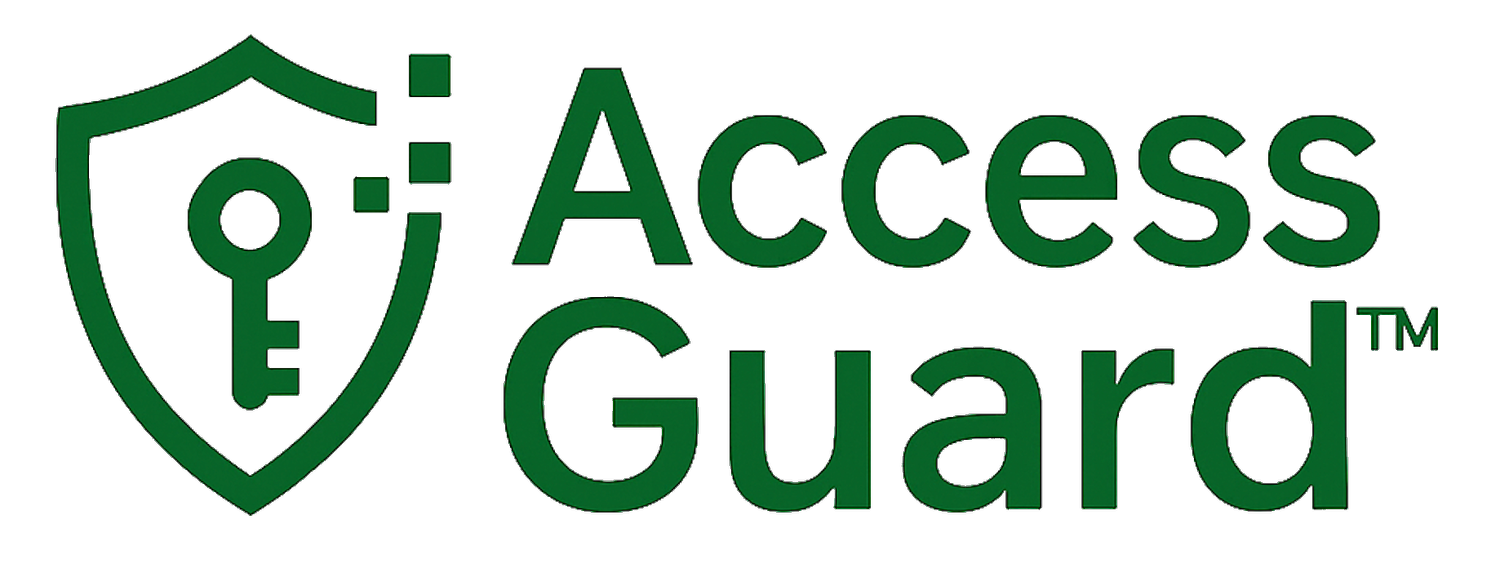“I Thought I’d Lost Everything”: How a Five-Minute Call Saved My Business
Dr. Elaine Torres runs a successful psychology practice in Portland. She has a tight-knit team, a loyal client base, and a growing list of referrals.
But one Thursday morning, she stared at her laptop screen in disbelief.
Her professional email—elaine@claritymindgroup.com—wasn’t working. Clients were getting bouncebacks. She couldn’t log in. Calendar invites disappeared. Her client session notes, billing tools, and even her EHR alerts—all routed through that email—were suddenly unreachable.
“I thought someone had hacked me,” she said. “Or that we’d lost everything.”
Securing Identity in the Age of the Rogue Playbook
We’re living in a time when the tools and tactics for digital identity takeovers have become shockingly effective. As Wired recently reported, there's a disturbingly reliable playbook being used by cybercriminals—one that can dismantle a person's digital life, business, and finances in a matter of hours.
They don’t need to be inside your network.
They just need to know where your weak points are—a neglected email domain, an old password in a breached vault, a single point of failure with no recovery path.
And most small businesses?
They’re vulnerable to every step of that playbook.
“Locked Out of My Business”: The Day I Learned What a Digital Identity Really Is
It was a Thursday. A typical morning. Until it wasn’t.
I reached for my phone to check a supplier email—dead. Odd. I’d just charged it. I tried turning it on. Nothing.
Panic didn’t set in until I remembered: that phone number is tied to my 2FA. For everything.
Gmail. Shopify. My bank. Even the password manager. Without that device, I was effectively locked out of my own business.
The Hidden Trap of “Convenient” Security
As a small business owner, you’re used to juggling everything—orders, customers, emails, marketing. So when it comes to digital identity, you want one thing: simplicity.
You use one password manager. One primary email. Maybe a single recovery phone number. Everything’s in one place. Convenient, right?
Until you lose access to that one place.



